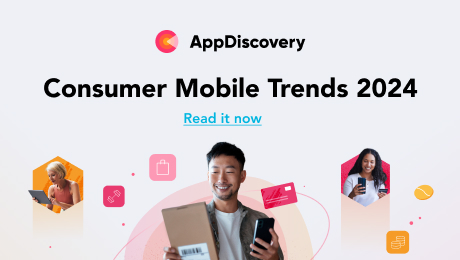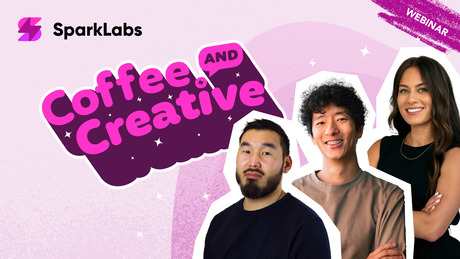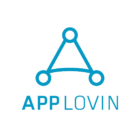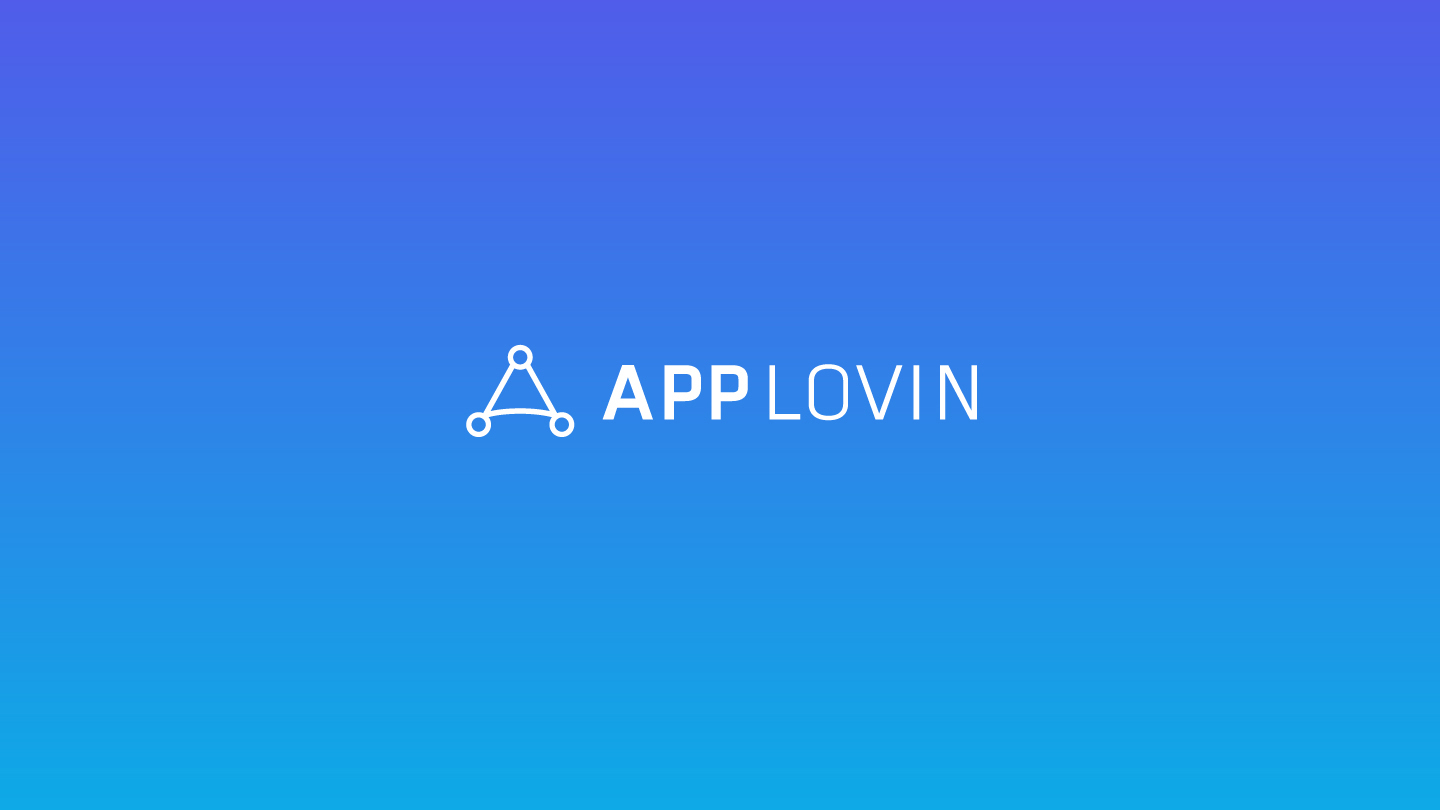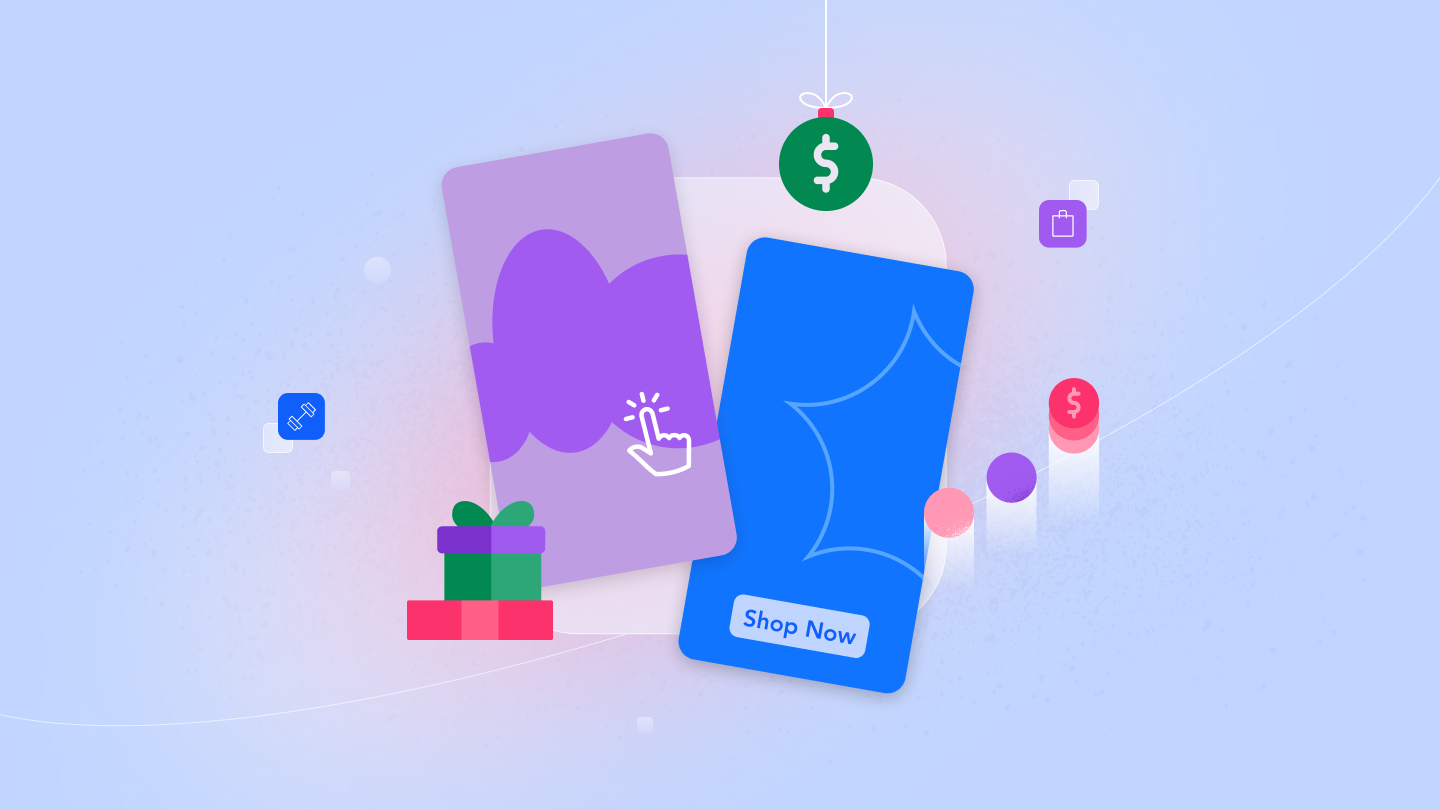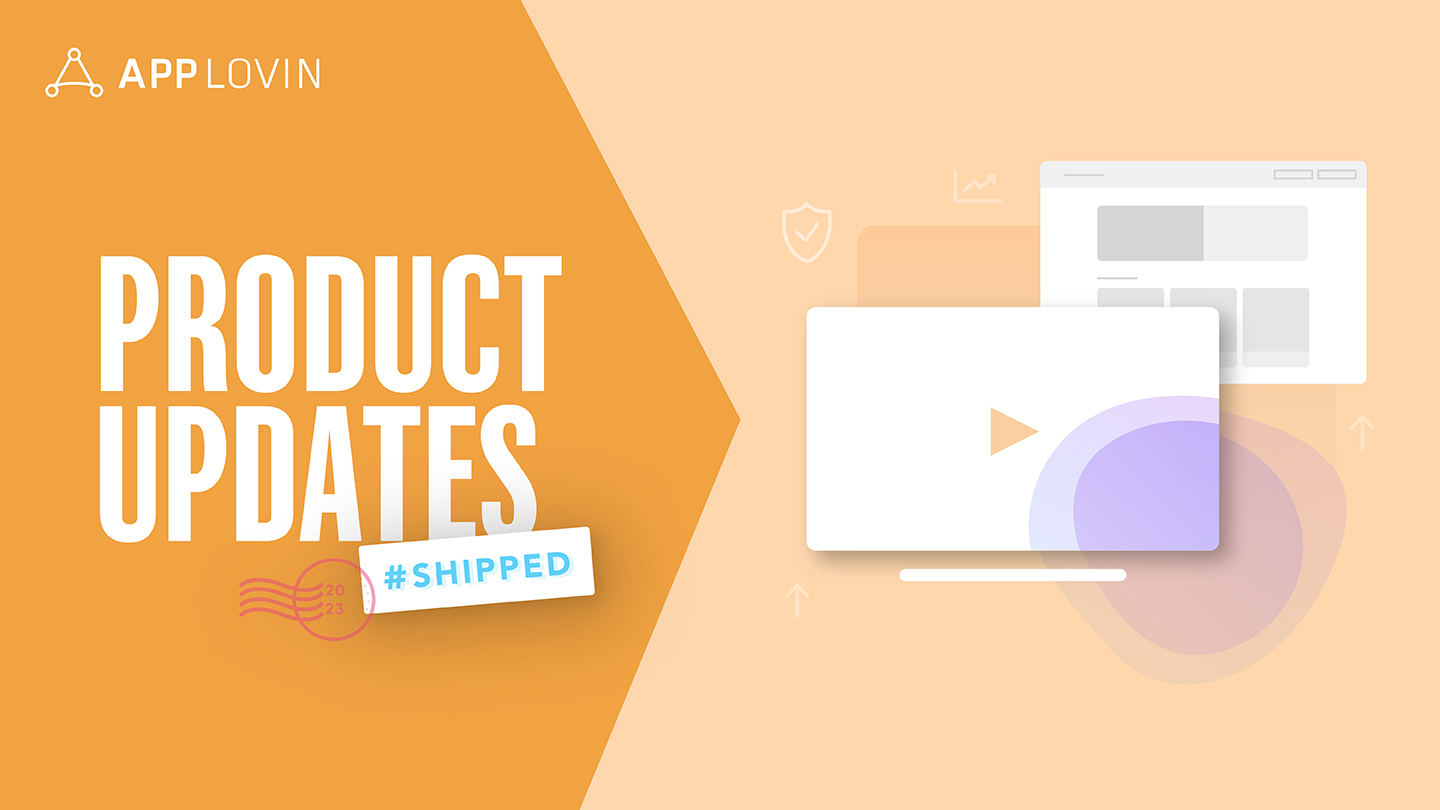Your ads and app store page might be perfectly optimized and drawing a steady stream of traffic, but if your new user onboarding process isn’t good, you’re going to lose most of them — and fast. The average app loses 77% of its daily active users (DAU) within the first three days after installation. Within 30 days, it will lose 90% of DAUs. And within 90 days, it’s more than 95%.
One of the best ways to reduce churn and prevent your app from joining the uninstall pile is to create a comfortable, even enjoyable new user onboarding experience.
What is new user onboarding?
New user onboarding is the process of getting a user up and running at the beginning of their experience with your app. If the onboarding process doesn’t convince the user of your app’s benefits and get them up and running quickly, your app will probably get dragged to the uninstall graveyard.
But you can do something about it. A study cited by UX Magazine showed that user retention increased by 50% after introducing proper user onboarding.
What makes a good new user onboarding experience?
Onboarding should be a smooth, fast experience powered by a simple, easy-to-understand UI. Speaking broadly, a good new user onboarding experience should demonstrate your app’s value and teach new users about the features and benefits of the app — or for a game, teach the user how to play.
Types of Onboarding
Onboarding processes can be described in different ways, but generally fall into one or more of the following commonly defined categories:
- Progressive — Progressive onboarding displays new information while the user navigates through the app. The information and guidance is contextual for the page in the app that the user is viewing.
- Function — This approach typically focuses on showing users how to use the app by demonstrating basic functions and features.
- Benefits — This method shows the benefits or value of the app, with the goal of increasing conversions. It describes what the app does without elaborating on how to use the app itself.
Onboarding best practices
Emphasize value before features
Show the app’s value to the user before diving into specific features. In other words, focus on showing the user what the feature can help the user do instead of just describing a feature.
For example:
“Find the best prices for air travel” will be more compelling (and shorter — more on that in a minute) than “This feature lets you search air travel prices across multiple providers.”
Focus on the most important features
After you’ve shown a user your app’s value (see above), then you can help them understand and use the features they can use to achieve it. For this, you can use callouts and highlight UI elements (buttons, etc.) to guide them through using a feature.
But don’t go overboard when you onboard. Stick to the most important features the user needs to know in order to achieve the value you’ve already sold them on. You can also later use things like in-app messaging to gently inform a user about new or less critical features.
Be careful what you ask for
Because many apps require access for messaging, location, sharing pictures, etc. permissions will be expected as part of the new user onboarding experience — so you’ll need to ask users to grant your app access to this data. Do this carefully and use a measured approach. Studies have shown that 60% of users chose not to install an app when they realized how much personal information (in this case, precise GPS location) they would have to provide.
In addition, make sure your app explains why it needs permissions. For example, according to the Android developer guide, it’s a good practice to explain to the user why your app wants the permissions before calling requestPermissions(), which displays the generic Android permissions request. Research has shown that users are more comfortable with permission requests if they know why an app needs them.
In addition, only ask for the must-have permissions up front, and request permissions for the nice-to-have-but-non-critical features later after the user is already engaged.
Keep it fast and snappy
Onboarding should be a fast, streamlined process. The longer and more detailed the experience, the greater the chance of losing a user along the way. Show visually more than you tell with text. Keep explanations limited to a single screen.
Don’t waste time illustrating or teaching the user obvious tasks that are part of typical smartphone use — like using the camera or sharing button, for example. As long as your app follows standard navigation practices for the operating system, common OS features shouldn’t need an explanation.
Progress indicators — often used as a series of small circles at the bottom of the screen — can be helpful, providing a sense of progression and accomplishment.
Make sign up simple
Sign up and account creation are often the first barrier to adoption, so don’t over complicate it — and if possible, always allow users to sign up through existing social media accounts such as Facebook or Google. This makes sign up as easy as a couple clicks, and may improve trust with the user.
With that in mind, consider testing different sign up options; for example, email address vs. social media login.
Also remember that signup doesn’t need to be at the beginning of an onboarding process, and that you can test different times to ask for sign up. Some apps require sign up before the onboarding process even begins, whereas others might put it at the end — or even dispense with it altogether.
Don’t forget a CTA
After the initial new user onboarding is complete, consider adding a call-to-action (CTA) at the end of the process to give them an immediate next step. This can help new users start using your app right away and grow engagement.
